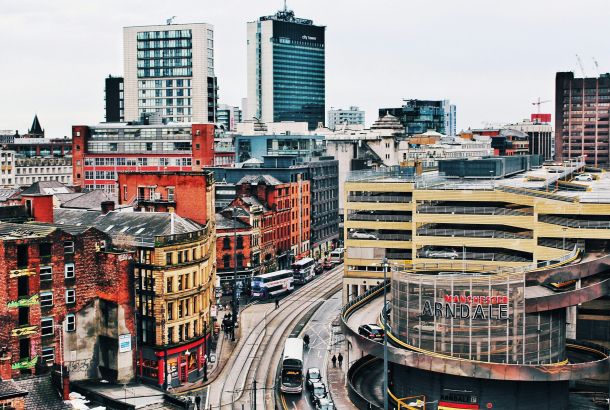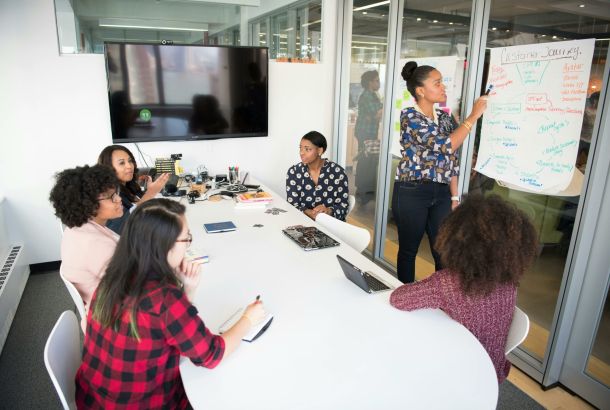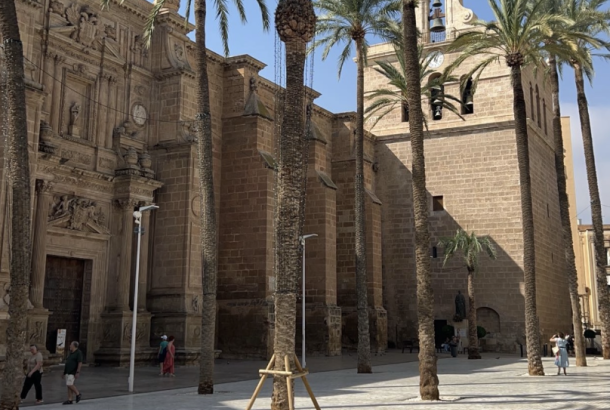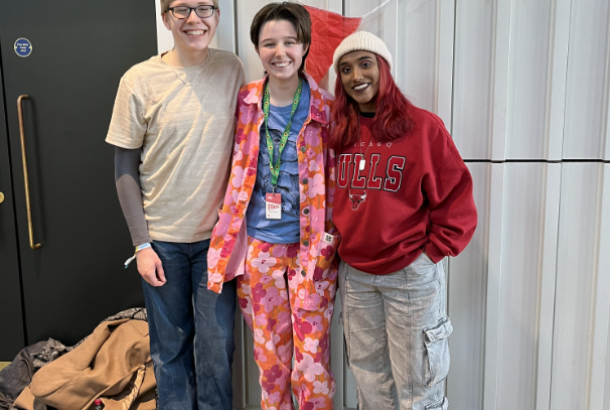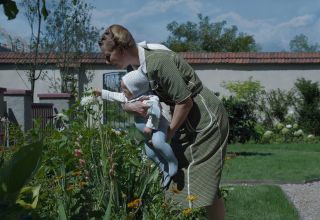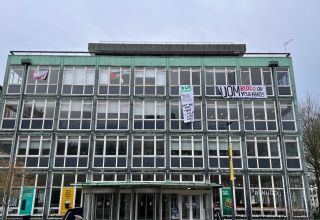Unveiling the veil: Oppression or liberation?
By Amiel Cohen
A veil can portray a number of different acts; from an expression of religious identity, to a bride wearing traditional clothing on her wedding day. With regard to the religious aspect, within western society, the majority view the veil as a religiously oppressive signifier which upholds the patriarchal separations within Islam and Islamic societies.
Strange considering similar assertions would not be drawn when observing a Nun pass by… Someone who is also expressing their religious identity but somehow, luckily for the Nun, there is a western ‘acceptance’ to this more familiar religion…
Edward Said, the Palestinian scholar responsible for the academic critique known as Orientalism, would possibly acclaim this idiosyncrasy to the western view of Oriental behaviour as strange, in opposition to our own ‘rational, enlightened manner’. Considering the apparent ‘multicultural’ society we claim to live in, such habits and understandings one would assume, should have been taught and understood outside this frame of ‘western’ thinking.
As a Jew, growing up in a left wing and secular family, largely juxtaposed by the orthodox synagogue that I attended from a young age, I have always found the separation between genders in religion baffling. Consequently finding myself moving away from this section of my religion toward a fully egalitarian community (Masorti Judaism). When nurturing my thoughts on a Muslim woman’s veil, my somewhat ignorant reaction, has always been to view it as another tool used by the dominant male to control and ‘oppress’ women, both religiously and socially.
But why?… Considering that I know very little about the practices of Islam, it seems unfair that I base my judgements through the eyes of a western society that assumes moral superiority. This led me to delve deeper, finding myself even more concerned and fearful with the knowledge uncovered.
Having carried out research, it seems strange that nowhere in the Quran does it explicitly state a Muslim women should cover up her face, with the relevant reference stating that she should cover her ‘breasts’ with a veil.
Additionally, the notion of a veil within Islam seems to have stemmed from a rather nonchalant act performed by the Prophet. Indeed, when Muhammad lusted for one of his wives whilst in company, he would drop a veil to symbolise the separation of the public and the private, expressing desire for his company to leave.
Certainly, within the society he lived in, Muhammad was huge strides in front of his peers with regards to feminist thinking. It therefore seems that there has been a refusing to continue Muhammad’s progressive nature and through time, inherently patriarchal Islamic societies have forced the veil upon women, manipulating its origins with claims that it provides safety from the male gaze… ect.
During a seminar I attended this week I was struck by some of the adjectives used by the women who wore Hijab’s (head scarf). Words such as modesty, protection, liberation, and safety. Whilst asserting my somewhat western and egalitarian ‘moral superiority’ upon a class of largely veiled women, I stated my struggle to comprehend and accept gender specific religious practice as ‘liberating’. I received a captivating response.
A chorus of voices gathered claiming a feeling of protection and safety whilst veiled, something that perhaps did not seem possible without them… ‘WHAT’?! I was in a state of shock… These were not women living in oppressive Middle Eastern Islamic countries, but women living in the UK, a country with a society that assumes a level of gender equality and safety. It is a country which on the surface claims to have tackled large obstacles on the road to eliminating patriarchy.
One girl shared an example of the treatment she received before she started wearing a Hijab, and the increased respect she received whilst wearing one, claiming that some men indeed found it ‘attractive’. I did not quite know how to react to this; however, a sudden realisation dawned upon me.
It was perhaps not the ‘oppressive and patriarchal’ nature of Islam itself that these girls were liberating themselves from, but the misogynistic, non-egalitarian societies and circles that they found themselves surrounded by. I must say, I found this thought very upsetting. The depressing notion that someone would need to change their appearance in order to feel liberated, feel safe… feel protected.
Though I understand the positives that religious expression can bring to an individual, providing a feeling of fulfilment, pride and unity, I cannot escape my western, egalitarian mind-set which fails to accept gender specific and separated traditions as ‘liberating’, on the contrary, finding them as a means of sustaining patriarchal dominance.
